Just In
- 3 hrs ago

- 6 hrs ago

- 7 hrs ago

- 8 hrs ago

Don't Miss
- Education
 Railway RPF Recruitment 2024; Apply Online for 4660 Post Vacancies @rpf.indianrailways.gov.in
Railway RPF Recruitment 2024; Apply Online for 4660 Post Vacancies @rpf.indianrailways.gov.in - News
 Who Was Max Azzarello, The US 'Conspiracy Theorist' Who Set Himself On Fire Outside Donald Trump's Trial?
Who Was Max Azzarello, The US 'Conspiracy Theorist' Who Set Himself On Fire Outside Donald Trump's Trial? - Movies
 Do Aur Do Pyaar Box Office Collection Day 2 Prediction: Vidya-Pratik's Rom-Com To Cross 1 Cr On Saturday
Do Aur Do Pyaar Box Office Collection Day 2 Prediction: Vidya-Pratik's Rom-Com To Cross 1 Cr On Saturday - Sports
 IPL 2024: Gautam Gambhir Always Knew Sunil Narine Would Become A T20 Legend
IPL 2024: Gautam Gambhir Always Knew Sunil Narine Would Become A T20 Legend - Finance
 Elon Musk Postpones India Trip, Tesla's Indian Market Entry Delayed
Elon Musk Postpones India Trip, Tesla's Indian Market Entry Delayed - Technology
 Best Noise-Cancelling Earbuds Under Rs 5,000: CMF Buds Pro, Redmi Buds 5, Realme Buds Air 5, and More
Best Noise-Cancelling Earbuds Under Rs 5,000: CMF Buds Pro, Redmi Buds 5, Realme Buds Air 5, and More - Automobiles
 Tesla CEO Elon Musk's Much-Awaited Visit to India Deferred, Leaving Questions Unanswered
Tesla CEO Elon Musk's Much-Awaited Visit to India Deferred, Leaving Questions Unanswered - Travel
 Journey From Delhi To Ooty: Top Transport Options And Attractions
Journey From Delhi To Ooty: Top Transport Options And Attractions
11 Must-Have Healthy Vegetables During The Monsoon
With the arrival of the monsoon season, it is very important to take care of our diets. In the rainy season, chances of microbial infections are high as the weather favours the rapid growth of the foodborne microbes.
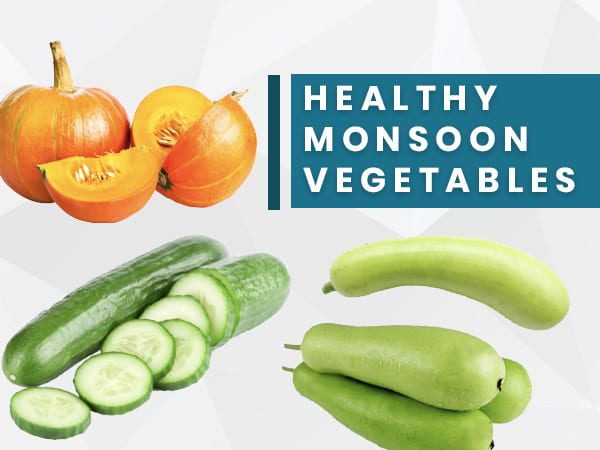
Vegetables like leafy greens are mainly avoided during the season as most of the microbes breed on these vegetables. They easily contaminate the leaves and cause food poisoning or other gastrointestinal problems.
There are varieties of other vegetables to eat during the monsoon. They are considered healthy and keep all seasonal infections at bay. Take a look at these vegetables and include them in your diet to get their benefits.

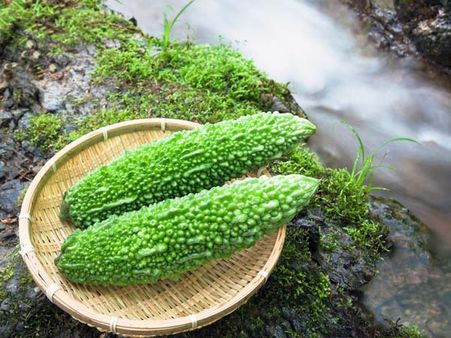
1. Bitter Gourd (Karela)
Bitter gourd, also known as bitter melon is one among the best healthy vegetables in rainy season. The anthelmintic activity of this vegetable is effective against a group of parasites or worms found on the intestines.
As we know that gastrointestinal parasites are higher during the rainy season; the veggie helps kill those microbes and promote good digestive health. [1]

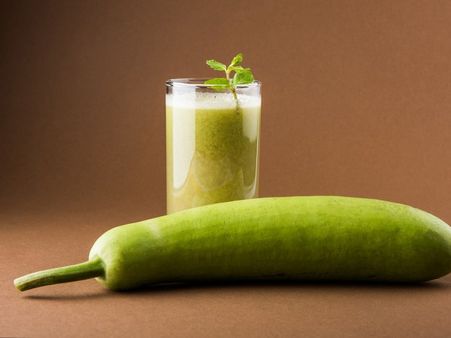
2. Bottle Gourd (Lauki)
Bottle gourd, also known as long melon, lauki, dudhi or ghia in India is a traditional healing vegetable for monsoon-related problems. It is rich in phosphorus, magnesium and potassium and low in fat.
The pulp of the veggie keeps the stomach cool and its antibilious properties remove excess bile from the body. Bottle gourd is also effective against fever, cough and other bronchial disorders that occur mostly during the rainy season. [2]


3. Pointed Gourd (Parwal)
Pointed gourd, also known as patol, potala or palwal has many therapeutic uses. Its antipyretic activity helps reduce fever and cold, a common occurring illness during the monsoon.
During the rainy season, most of the people eat outside foods which increase the risk of liver damage or inflammation. Pointed gourd has hepatoprotective and anti-inflammatory activities that help protect the liver from inflammation and other problems. Its antimicrobial property also works against multiple pathogen strains. [3]


4. Indian Squash/ Round Melon (Tinda)
Courtesy:sparindia
Indian squash is considered as a baby pumpkin packed with multiple bioactive compounds. Its pulp is less fibrous which is easily digestible by the stomach.
Tinda contains polysaccharides, vitamins and carotene that boosts our immunity and keeps us healthy. Its antioxidant property protects us from multiple pathogens that affect our body. This makes it one of the best vegetables to eat during rainy season.

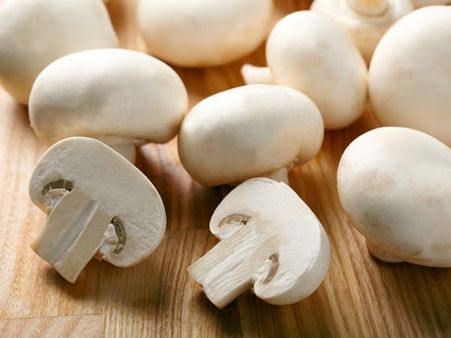
5. Button Mushrooms
There's a controversy surrounding the inclusion of button mushrooms in the list of healthy vegetables to eat in monsoon season Many people believe that they may contain harmful microbes as grown in the damp soil but according to some experts, it would be wrong to totally eliminate mushrooms from the diet.
Mushrooms are low in calories and have high antibacterial and immune system enhancing properties. Their bioactive compounds help promote human health. Button mushrooms can be eaten during the monsoon after proper washing and cooking. [4]

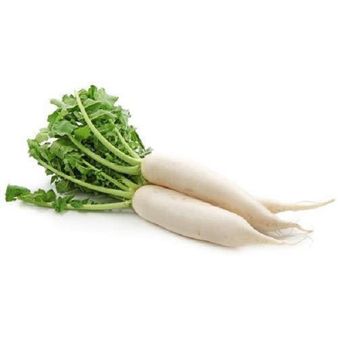
6. Radish (Mooli)
Radish is a root vegetable with multiple benefits. It is widely used in the treatment of stomach disorders, hepatic inflammation, ulcers and other infections. The polyphenols and isothiocyanates in the veggie help improve the immune system functioning during the monsoon season.
The anti-inflammatory properties of radish prevent inflammation of the respiratory organs due to cold and fever. [5]

7. Beetroot (Chukandar)
Beetroot is a health promoting and disease preventing veggie of the rainy season. The active compounds in beetroot are well-absorbed by the intestinal cells.
Beetroot is very effective in maintaining the microbiome of the gut and its antimicrobial effects prevents the outgrowth of harmful bacteria. [6]

8. Teasel Gourd Or Spiny Gourd (Kakoda/Kakrol/Kantola)
Teasel gourd is an egg-shaped yellow-green veggie with a soft spine and bitter flavour. It is a popular rainy season vegetable to include in your diet.
According to the Ayurveda, teasel gourd has hepatoprotective, anti-inflammatory, laxative and antipyretic properties. It prevents liver damage, inflammatory illnesses (cold, cough) and helps reduce the fever. [7]

9. Elephant Foot Yam (Ool/Jimikand/Suran)
Elephant foot yam has several nutritional and functional benefits. The gastrokinetic effect of this tuber corrects gastrointestinal disturbances, which is high during the monsoon season.
Also, the phenolic compounds and flavonoids in suran improve immunity so that our body can fight any infections prevalent during the monsoon. [8]


10. Ridge Gourd (Turai/Tori)
Ridge gourd is a natural detoxifier that purifies the blood and helps flush out toxins from the body. It soothes the stomach and boosts the immune system.
Turai is rich in carotene, amino acids, protein and cystine. Its leaves are also rich in flavonoids and can be added to vegetables. Ridge gourd helps in proper digestion and improves the functions of the excretory system. [9]
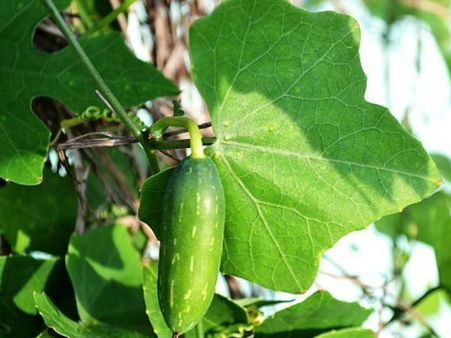
11. Ivy Gourd (Kundru/Kundri/Tindora/Tendli)
Ivy gourd, also known as little gourd or perennial cucumber is a green-coloured vegetable that turns bright red when ripe. It has potent anti-inflammatory properties that prevent multiple ailments, especially seasonal-related disorders like allergies, cold, cough, fever and infections. Ivy gourd is also good for managing glucose levels and high cholesterol.
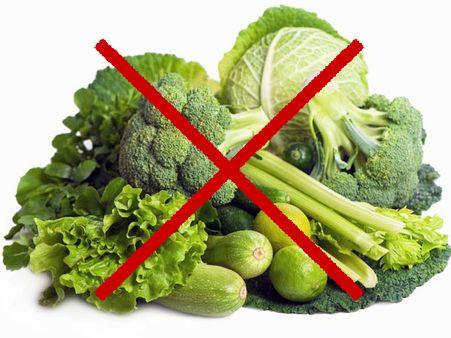
Common FAQs
1. Which vegetables are good in the rainy season?
Vegetables
like
bitter
gourd
(karela),
round
melon
(tinda),
pointed
gourd
(parwal),
ridge
gourd
(turai)
and
yam
(ool)
are
considered
healthy
during
the
monsoon
season.
They
prevent
the
body
from
many
infections
which
are
prevalent
during
the
season
as
well
as
boost
the
immune
system.
2.
Can
we
eat
leafy
vegetables
in
the
rainy
season?
Leafy vegetables like cabbage, cauliflower and spinach are considered unhealthy for the body during the rainy season. The dampness of the leaves makes them a favourable breeding ground for microbes, which is why they easily contaminate the green leafy vegetables and cause us food poisoning, when consumed.
-
 healthMonsoon Continues In Many Parts Of India: Can Rain Trigger Depression?
healthMonsoon Continues In Many Parts Of India: Can Rain Trigger Depression? -
 healthSeasonal Illnesses On A Rise: Are You Following The Right Prevention Methods?
healthSeasonal Illnesses On A Rise: Are You Following The Right Prevention Methods? -
 home n gardenHow To Keep Coriander Leaves Fresh? Tips For Every Season In Indian Homes
home n gardenHow To Keep Coriander Leaves Fresh? Tips For Every Season In Indian Homes -
 beautyUnderstand And Overcome Dandruff: A Common Menace in Indian Climate
beautyUnderstand And Overcome Dandruff: A Common Menace in Indian Climate -
 pregnancy parentingMonsoon Related Respiratory Illnesses In Children: Identifying, Treating And Preventing
pregnancy parentingMonsoon Related Respiratory Illnesses In Children: Identifying, Treating And Preventing -
 yoga spirituality10 Magnificent Temples In India To Visit During Monsoon
yoga spirituality10 Magnificent Temples In India To Visit During Monsoon -
 home n gardenHow To Clean Tiles During Monsoon In India
home n gardenHow To Clean Tiles During Monsoon In India -
 healthSpice Up Your Diet To Combat Monsoon Hair Loss
healthSpice Up Your Diet To Combat Monsoon Hair Loss -
 healthConjunctivitis Alert: Is Eye Flu Dangerous? Does It Spread By Looking?
healthConjunctivitis Alert: Is Eye Flu Dangerous? Does It Spread By Looking? -
 beautyMonsoon Hair Care: 4 Reasons Why You Need To Take Extra Care Of Your Scalp
beautyMonsoon Hair Care: 4 Reasons Why You Need To Take Extra Care Of Your Scalp -
 beautyBanish Flaky Skin From Your Lips In No Time With These Natural Tips
beautyBanish Flaky Skin From Your Lips In No Time With These Natural Tips -
 healthMonsoon Illness Prevention: Health Department Advises Everyone To Take Weekly ‘Dry Day’
healthMonsoon Illness Prevention: Health Department Advises Everyone To Take Weekly ‘Dry Day’


 Click it and Unblock the Notifications
Click it and Unblock the Notifications






